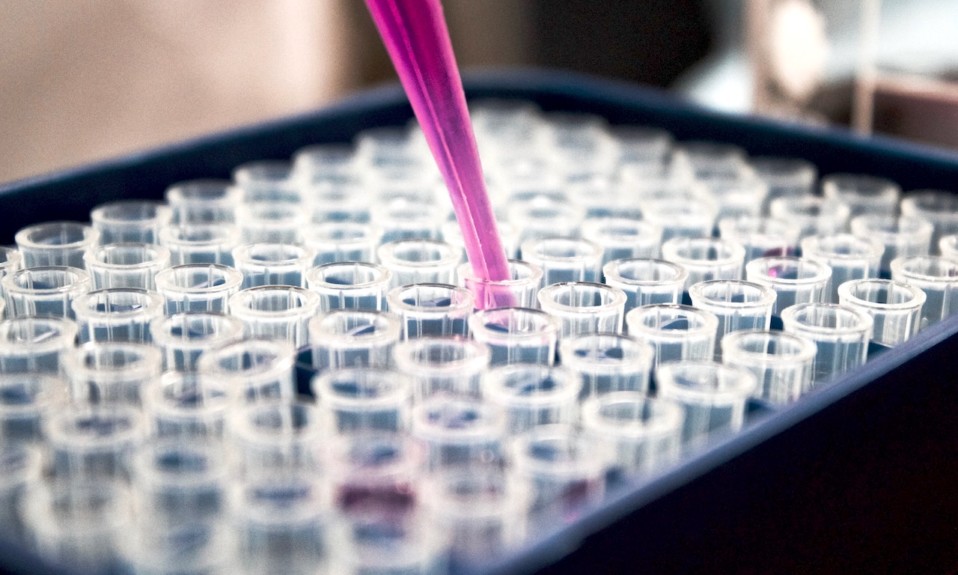A weekly roundup on the latest in addiction science, medicine and care
By William Wagner
September 9, 2020Science seems to support the mantra for recovering from alcoholism: “I’m taking it one day at a time.” Every sober day, according to a new study, makes the brain healthier and better able to generate rational thought. Here’s more about that study and other significant happenings in the treatment space:
From American Journal of Psychiatry:
Just Take It Day by Day
Each day that individuals experiencing alcohol use disorder (AUD) put between themselves and their last drink helps to unscramble their thought processes. Yale University professor Rajita Sinha, Ph.D., and her team reached this conclusion by doing brain imaging of participants who had gone varying amounts of time without drinking. The longer the participants had abstained from alcohol, the less disruption there was in the entromedial prefrontal cortex and striatum, parts of the brain that are linked to decision-making. The study also indicates that brain scans can play a role in pinpointing people who are more vulnerable to a relapse.
The longer the participants had abstained from alcohol, the less disruption there was in the entromedial prefrontal cortex and striatum, parts of the brain that are linked to decision-making.”—a study in American Journal of Psychiatry
From Morbidity and Mortality Weekly Report:
A Shortage of Naloxone
First the good news: It’s widely accepted that the medication naloxone has been a godsend in combatting overdose deaths. Now the bad news: There isn’t enough of it to go around. A study by the research institute RTI International whose findings appear in Morbidity and Mortality Weekly Report, published by the Centers for Disease Control and Prevention (CDC), states that many syringe exchange programs haven’t had a sufficient supply of the overdose reversal medication. Over the past several years, the distribution of naloxone has increasingly become a component of syringe exchange programs.
From JAMA Psychiatry:
COVID’s Treatment Opportunities
Believe it or not, there’s hope amid the rubble of COVID-19. The pandemic has led to changes in addiction treatment that seem certain to transform the space in the years to come and potentially lead to better outcomes. It’s a matter of studying what has and hasn’t worked during this fraught period. Among other things, the age of COVID has brought easier access to treatment medications like methadone and an increased reliance on telehealth. A recent article in JAMA Psychiatry states that “these shifts provide an opportunity to evaluate which changes should remain after coronavirus disease 2019 (COVID-19), which should be reserved for crises, and which ones are deleterious.”
From Morbidity and Mortality Weekly Report:
Revealed: The Toll of the COVID-19 Lockdown
Common sense dictates that the coronavirus-induced lockdown in the spring of 2020 adversely impacted rates of substance use. But now the CDC has some cold, hard numbers to back it up after conducting a survey targeting COVID-19-related behaviors of adults from April to June. The report states that 13.3% of those surveyed “started or increased substance use to cope with stress or emotions related to COVID-19.” According to the report, young adults, racial and ethnic minorities, essential workers and unpaid adult caregivers were hit particularly hard.
From The Wall Street Journal:
More Legal Action Surrounding Opioids
The seemingly endless litigation related to the opioid epidemic continues. The Wall Street Journal reports that “states are asking for around $26.4 billion from major pharmaceutical industry players to help pay for damage wrought by the opioid crisis.” Four companies in particular are in the crosshairs in this round of litigation: McKesson Corp., AmerisourceBergen Corp., Cardinal Health Inc. and Johnson & Johnson.
Photo: Brooke Lark













